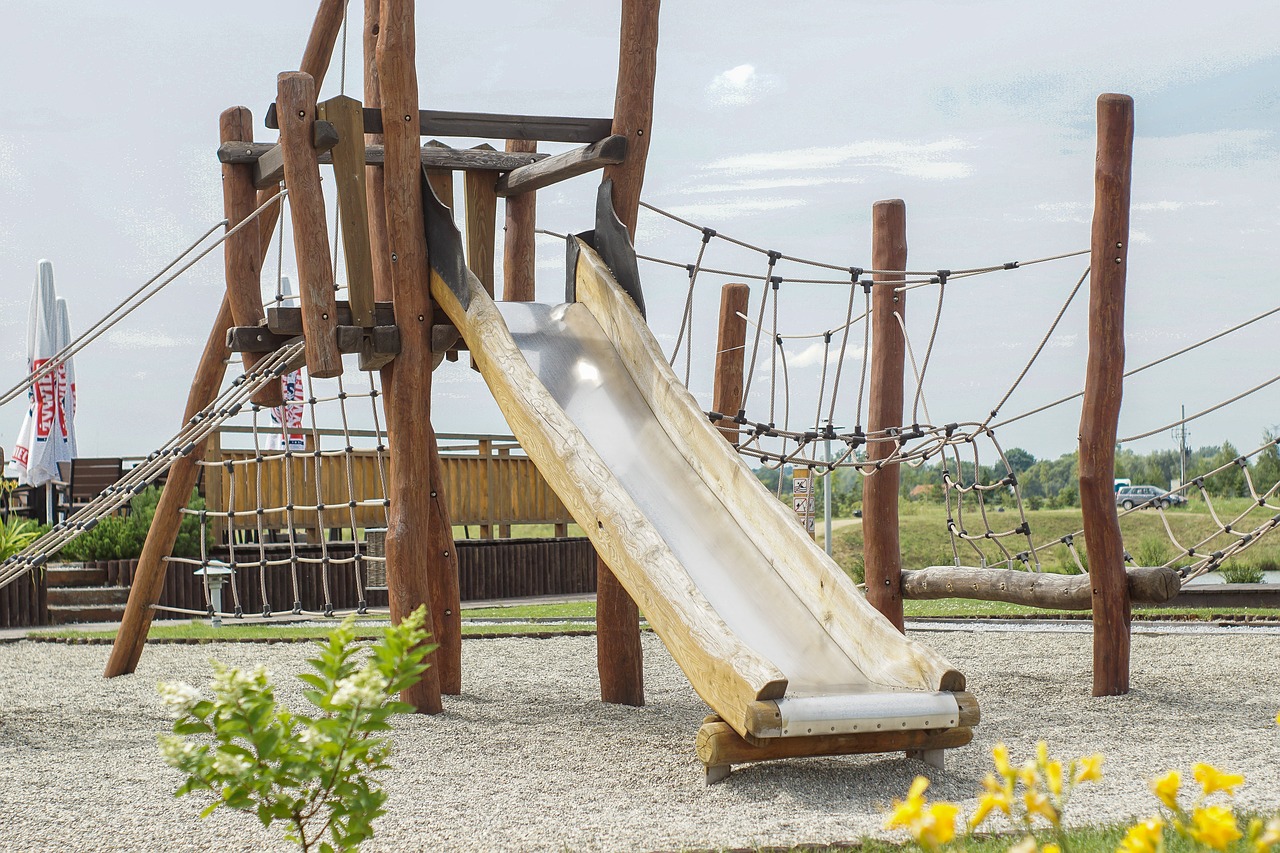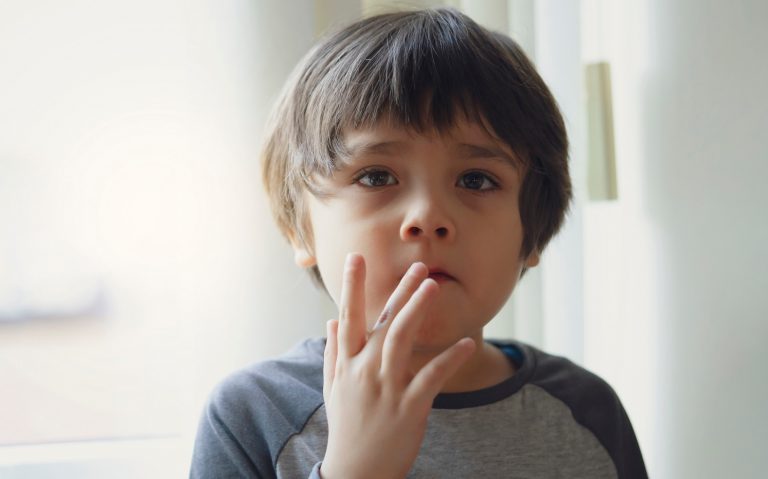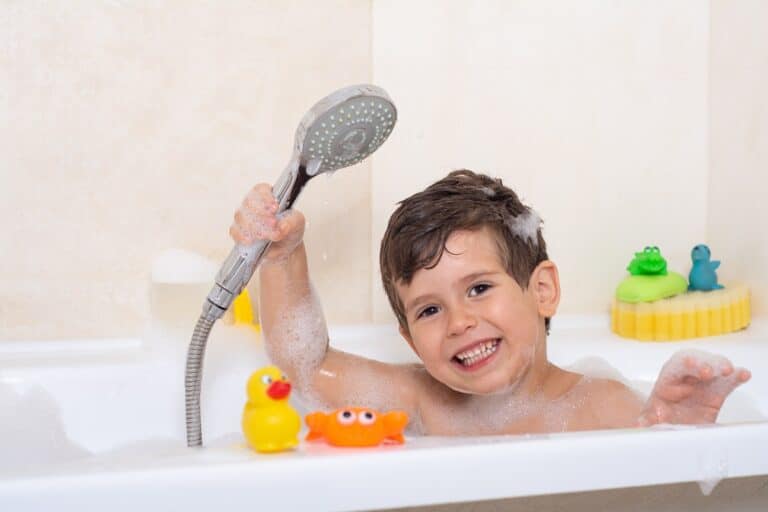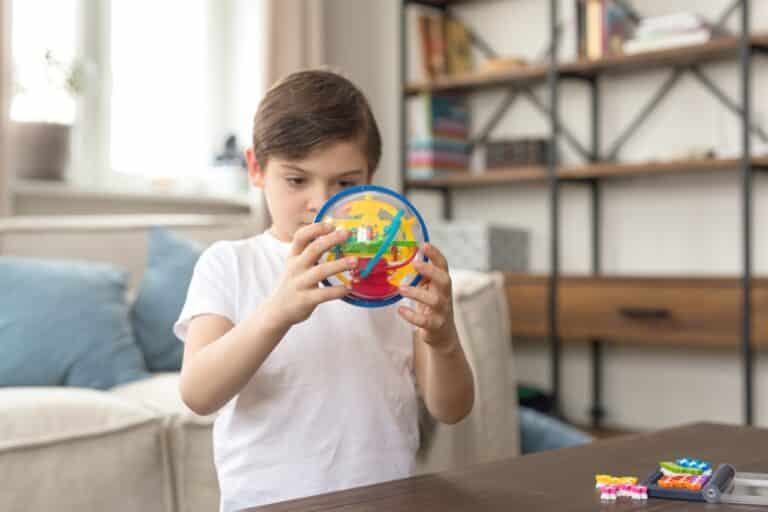Obstacle courses were initially introduced to aid in military fitness. They helped to keep soldiers in “fighting shape” through beams, walls, ropes and ladders. In fact, they also helped to build confidence, courage, willpower and mental toughness.
Today, these are the exact reasons why kids are encouraged to participate in such obstacle challenges.
Physical exercise strengthens a child’s bones and muscles, reduces the risk of diabetes and has a positive impact on mental well-being, according to an article on Healthline. And, when the activities are made exciting, children are more likely to participate.
Parks, schools and community centers should include obstacle courses for children. Take a look at how it could be beneficial in helping enhance strength and balance among children.
1. Motor Skills
Agility, coordination, power, speed and reaction time are vital motor skills. They help children jump, run and climb. In fact, motor skills are crucial to protect against multiple health hazards. These include diabetes, heart risks and obesity. Therefore, work with a play company that can design challenges and obstacle races that ensure multi-generational fitness and recreation, according to Cunningham Recreation. These are sure to bring benefits that last a lifetime.
2. Memory
Children learn how to maneuver through an obstacle course. They complete a series of tasks with increasing levels of difficulty. They can remember skills and understand how to solve issues based on sequencing information. This helps to sharpen their memory and contributes to cognitive development. Further, these courses can get the heart pumping, which in turn can boost the size of the hippocampus, the part of the brain involved in memory and learning.
3. Bilateral Coordination
This helps to move different body parts together to finish a task. An agility obstacle course offers this opportunity to improve overall fitness. Subsequently, it can be transferred to other daily tasks, like climbing down the stairs, weaving through tight spaces or even eating. An imbalance in strength and coordination is more neurological than muscular, according to an article by WebMD. But an obstacle course can help develop and polish the functions well.
4. Social Behavior
Obstacle courses help the little ones make new friends. They can take up challenges together and understand the value of teamwork. Children with social anxiety struggle with excessive self-consciousness that goes beyond common shyness, according to an article by the Child Mind Institute. An obstacle course might help them overcome the condition. The child comes out of their comfort zone and interacts with others. This is beneficial in helping them open up and socialize better.
5. Sensory Inputs
Kids are exposed to tons of sensory experiences when they run, crawl, jump and bend. These include linear, sagittal and rotary inputs. The five sense organs are constantly working in an obstacle course, which boosts different parts of the brain. This can enhance the ability to think, process and act accordingly. In fact, they also learn how to adjust and manage in different situations in a quick and adaptive manner.
It is crucial for park authorities to install obstacle courses for children of different age groups. This can improve children’s health and fitness quotient for years to come.










![Home Renovation Guide [2025]](/app/uploads/2021/04/design-hacks-1-378x300.jpg)
